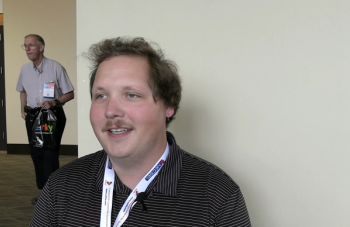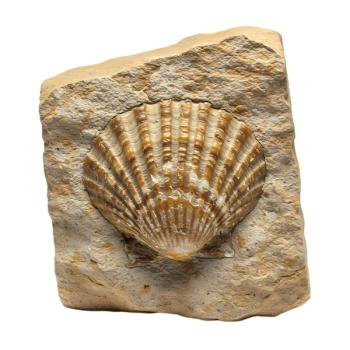
- Application Notebook-02-02-2020
- Volume 35
- Issue 2
Bioreactor Fermentation Monitoring with Raman Spectroscopy
Raman spectroscopy’s high analytical selectivity and insensitivity to water is well suited for process monitoring in biotechnology. Here we explore the fermentation of glucose, a common feedstock, with a commonly used microorganism, yeast. Applying multivariate tools, we can monitor the main reactants and products with high sensitivity: glucose, ethanol, and carbon dioxide.
Biotechnology, the production of chemicals of choice using microorganisms, is an application very well suited to monitoring with Raman spectroscopy. Raman’s high selectivity and low sensitivity to the solvent, water, can be employed using a simple immersion probe setup to monitor and more tightly control these processes.
Experimental
We used a Wasatch Photonics Raman spectrometer at 785 nm, fiber-coupled to an external laser and an immersion probe inserted into a stirred solution of 50 g/L glucose and 2 g/L yeast. The fermentation was observed over 14 h, with spectra collected every 2 min at 5 s integration time and an average of 20 scans.
We performed a separate multivariate calibration for glucose in the presence of yeast over the concentration range from 0 to 50 g/L glucose.
Results and Discussion
We correlated the glucose calibration spectra with the concentration using partial least squares (PLS) regression, yielding a prediction error of 0.7 g/L in the presence of yeast and about 0.1 g/L without yeast. The Raman spectra recorded during the fermentation are shown in Figure 1 together with the pure Raman spectra for the main reactant and product, glucose and ethanol.
Applying the PLS glucose model yielded the prediction of the glucose concentration, which showed a slow decrease with a noise level of below 1 g/L glucose.
Principal component analysis (PCA) identified the main spectral trends during the process. The first principal component expressed the remaining glucose level, while the second component captured the simultaneous decrease of glucose (spectrum negative in the corresponding loading) and increase of ethanol (positive spectrum in the loading). The corresponding PCA score therefore allowed the progress of the reaction to be summarized in a single coordinate, and to compare batch to batch.
Additional reaction products could be discovered in the higher principal components; due to its specificity, Raman allows identification. For example, the fourth principle component for the fermentation spectra showed the production of dissolved carbon dioxide. Likewise, unwanted side-products could be discovered and identified during the fermentation.
Conclusion
Using an immersion probe and a Wasatch Photonics Raman spectrometer at 785 nm, we continuously monitor the fermentation of glucose with yeast. Despite the significant yeast background, multivariate regression yields the glucose concentration, while principal component analysis projects the spectra onto a reaction progress coordinate and allows deep insight into the details of the fermentation. The same approach could be used for other processes to harness the strength of Raman spectroscopy.
Wasatch Photonics
808 Aviation Parkway, Suite 1400, Morrisville, NC 27560
tel. (919) 544-7785
Website:
Articles in this issue
over 5 years ago
Vol 35 No 2 Spectroscopy Feb 2020 Application Notebook PDFover 5 years ago
A Robust, High Performance, Revolutionary Demountable ICP TorchNewsletter
Get essential updates on the latest spectroscopy technologies, regulatory standards, and best practices—subscribe today to Spectroscopy.





